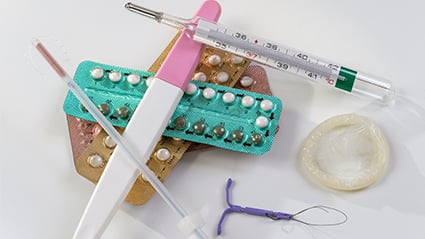Temporary increase seen in month after Dobbs, followed by decrease in contraceptive services, apart from vasectomy
By Elana Gotkine HealthDay Reporter
MONDAY, April 15, 2024 (HealthDay News) — A transient increase in contraceptive use was seen following the Dobbs v Jackson Women’s Health Organization decision, with a return to overall downward trends through the end of 2022, according to a research letter published online April 15 in JAMA Network Open.
Julia Strasser, Dr.P.H., M.P.H., from the Milken Institute School of Public Health at George Washington University in Washington, D.C., and colleagues conducted a cross-sectional study to examine contraception service and workforce changes during January 2019 through December 2022.
In this sample, 731,447 unique clinicians provided contraception services from 2019 to 2022. The researchers observed steady downward trends in most contraception services, except for sharp declines during the early COVID-19 months and temporary increases in the month following the Dobbs v Jackson Women’s Health Organization decision. From 2019 to 2022, there was a decrease seen in the volume of intrauterine device (IUD) services, from 650,043 to 591,509, and in the volume of tubal sterilization services, from 103,547 to 74,537, while an increase was seen in the volume of vasectomy services, from 146,796 to 198,212. There was a decrease observed in new contraceptive prescriptions (pill, patch, and/or ring) from >25 million to <22 million from 2019 to 2022. A shift was seen in the workforce providing contraception during this period, with an increase in the number of advanced practice clinicians providing IUD, implant, and prescriptions and a decrease in physicians providing prescriptions.
“While contraceptive usage increased initially in the month after Dobbs v Jackson Women’s Health Organization, all contraception types except vasectomy returned to overall downward trends through the end of 2022,” the authors write.
Copyright © 2024 HealthDay. All rights reserved.








